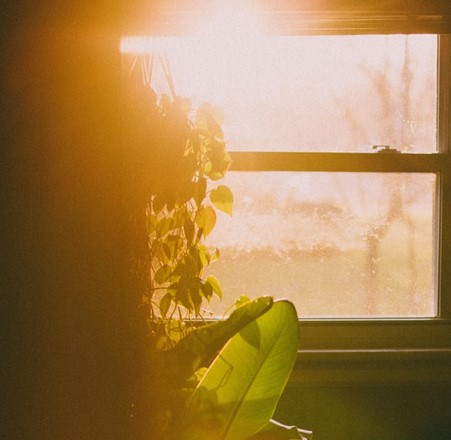Energy Quest is a renewable energy solar company providing services throughout the United States. In the following article, Ron Foster of Energy Quest discusses passive solar design, how it can be programmed into new home construction, and how to incorporate it into an existing structure, saving energy and money.
The future of construction means employing arguably the world’s oldest resource: sunlight. At a time where the need for sustainable living has never been more vital, Energy Quest explains passive solar design and how it is transforming our homes.
What is It?
The one constant in our world is sunlight. Passive solar design means capturing this light and using it to power, heat and even cool a house or other building without having to use active machinery, such as heat pumps, boilers, or fans to regulate a house’s temperature explains Ron Foster of Energy Quest.
When a home is built to incorporate passive solar design elements, the result can be a practically self-sufficient home in which heat and cooling occur naturally, thanks to the materials carefully used in construction, along with some other vital factors says Energy Quest.
Location is Key
A passive solar home first must be located correctly. It makes sense that building such a home in the middle of a dense forest would immediately be counter-productive given that sunlight would be restricted.
Ron Foster with Energy Quest says to give a passive solar home the best chance of success, it must be in an area that receives plenty of light. That does not necessarily mean that it must be in a hot, sunny place. Solar panels transfer UV ray into energy, and UV light continues to be emitted even on cloudy, less sunny days.
The Five Key Design Elements
The moniker ‘Passive House’ was first used in Germany (Passivhaus) and applies to homes that mean certain standards of energy efficiency without the use of extra components. It means that these homes are built according to five main elements.
#1 – Aperture
Put simply, an aperture is an opening that light can travel through. When it applies to a home, it means the large glass side of a house that collects the most of the light explains Ron Foster Energy Quest.
This is where location is key: the aperture should face south and receive optimum light during the hours of 9am to 3pm.
#2 – Absorber
The light that comes from the aperture must be collected somehow, and this is where the absorber comes in. Usually, a darkened surface such as a wall or container that holds water, the absorber sits in the perfect spot to receive the light and heat from the aperture.
This energy is then stored and distributed by specially designed materials, known as thermal mass says Energy Quest.
#3 – Thermal Mass
Houses with passive solar designs are made with materials that absorb the heat from the sun, store it, and then release it over time. It’s what keeps the house at a steady temperature throughout the day, so it’s cool at the hottest period, and warmer in the evenings, once the sun has set.
Ron Foster of Energy Quest explains that these materials could be specially formulated brick, tiles, stones, or even water supplies that receive the heat energy from the absorber, and via this material the heat is distributed around the entire structure.
#4 – Distribution
In a truly passive design, the home will use the natural methods of transferring heat – conduction, convection, and radiation – via the thermal mass materials.
However, because distribution throughout a home can be a tricky business, especially over several floors, some passive homes still use such apparatus as fans or vents to distribute the heat.
#5 – Control
Without the correct control, a lot of energy would be wasted. Proper control regulates the conduction of heat throughout the house, including adjustable shades for hot days, thermostats to regulate temperature, and vents to dispel heat when there is too much says Energy Quest.
An energy efficient house is one that can keep cool as effectively as it can stay warm, so there’s no need for energy-hungry air conditioning units.
Are Passive Solar Homes Only for the Super-Wealthy?
Not at all.
While it can appear costly to construct a house using passive solar materials, the price works out very similar to that of constructing a home and fitting in a boiler, heat pump, air conditioning system, and so on.
Ron Foster with Energy Quest notes that the cost is only a one-time expense. After the home is completed, the cost of heating and cooling the home is practically zero. There may be some cost in running fans and other distribution apparatus, but this cost is negligible when compared to running a non-passive home.
In fact, some homeowners can make money from their passive solar constructions, as they can send any surplus energy to the local energy grid, which is then paid for to the homeowner by a local energy company.
Passive solar design is naturally being incorporated in new homes and other construction, and in time we will wonder how we ever did without it says Energy Quest.








